Many years ago, I built a sliding seat for my Delaware Ducker using salvaged tracks and a carriage from a canoe’s rowing rig. The Ducker is a pretty quick rowboat, and can be kept over 4 knots; while I couldn’t go faster, with the sliding seat I could go fast longer. Equipping a traditional rowing boat with a sliding seat—without outriggers or longer oars—is an idea that has been around for a while. Mystic Seaport’s elegant Bailey Whitehall, built in 1879, has one and in the early years of the rowing revival, Dick Shew of South Bristol, Maine, was rigging his 16’ Whitehalls to switch between fixed and sliding seats, rowed with the same oars and with the locks set on the gunwales.I’d been thinking about building a sliding seat for my dory, so I clamped the Ducker slide into it for a test. I knew there would be clearance for the oar handles over my thighs, because I could sit on a throw cushion and still have room. I rowed 15 or so miles in 4 hours, much farther than I anticipated. I liked it, and decided to make one for the dory. The sliding seat rig, spanning a thwart in the author's dory, has tracks shorter than those used in racing shells, but appropriate for using the same oars and locks that he uses for fixed-seat rowing. Note the foot brace secured to the floorboards under the aft thwart. Ben Fuller
Ben Fuller
Join The Conversation
We welcome your comments about this article. If you’d like to include a photo or a video with your comment, please email the file or link.
Comments (16)
Leave a Reply
Stay On Course

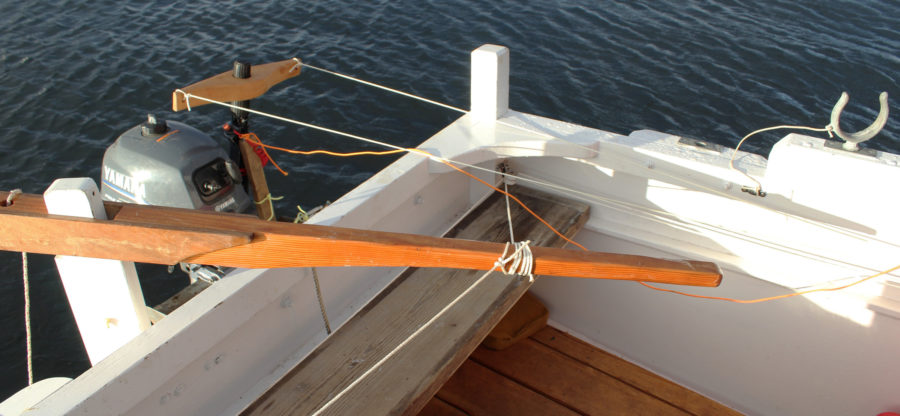
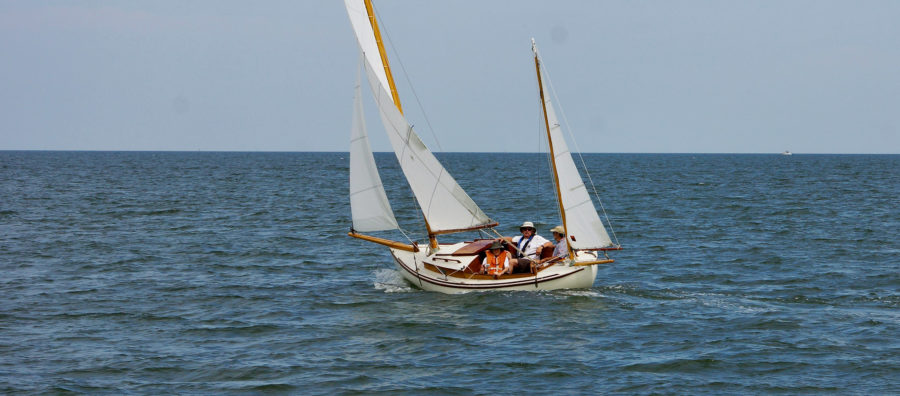

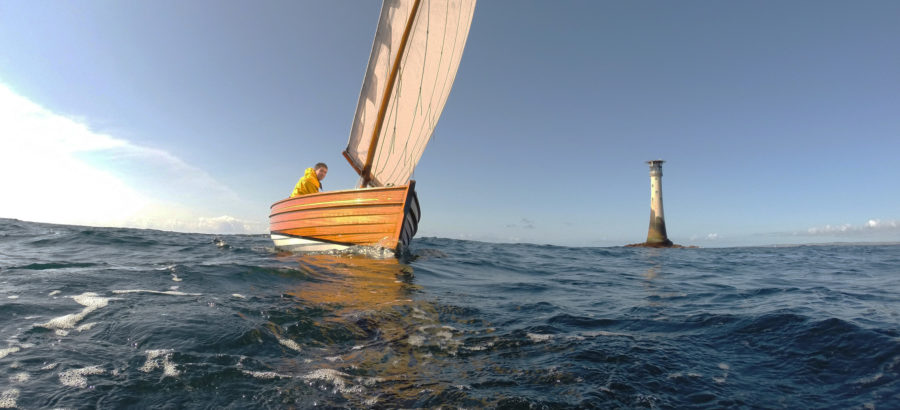
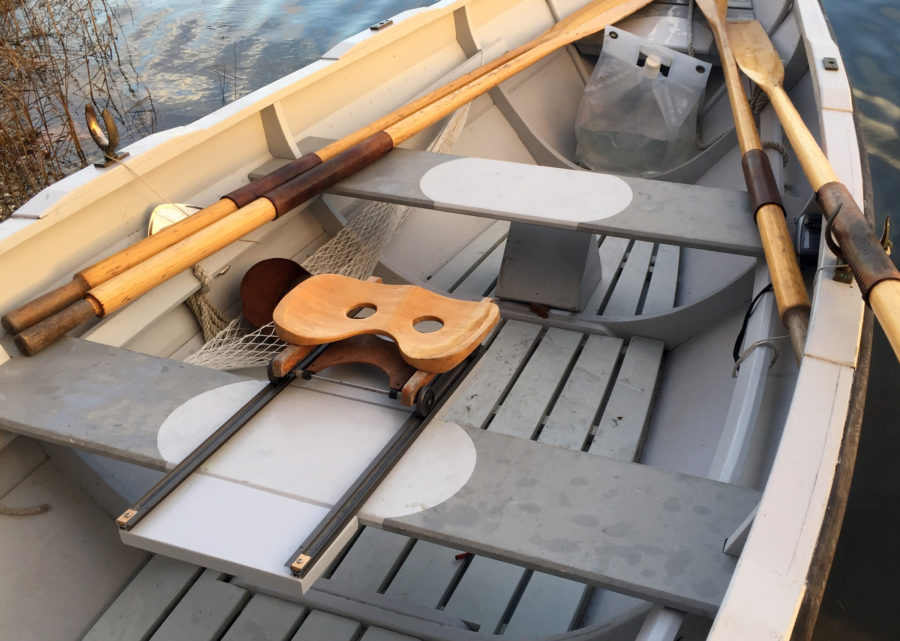
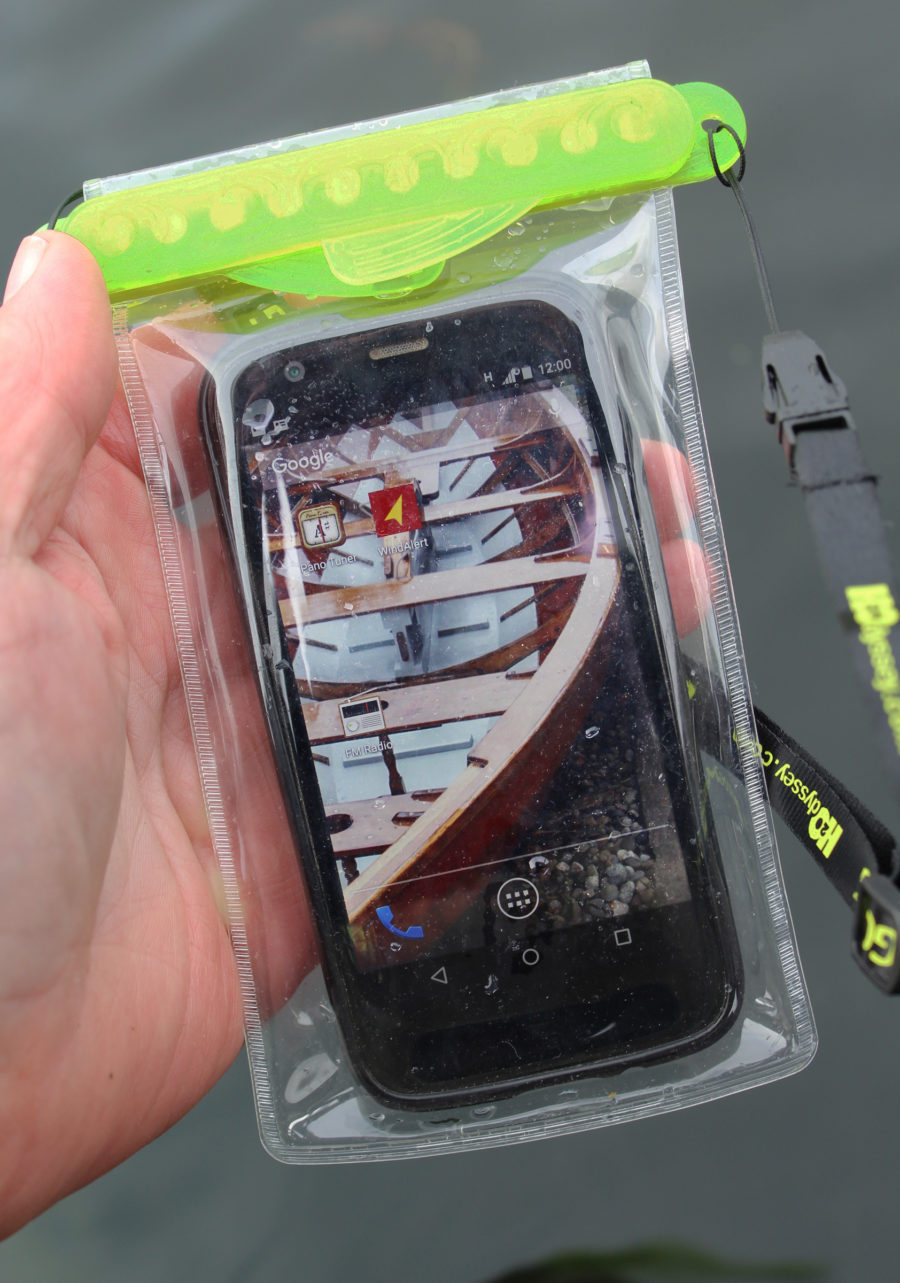
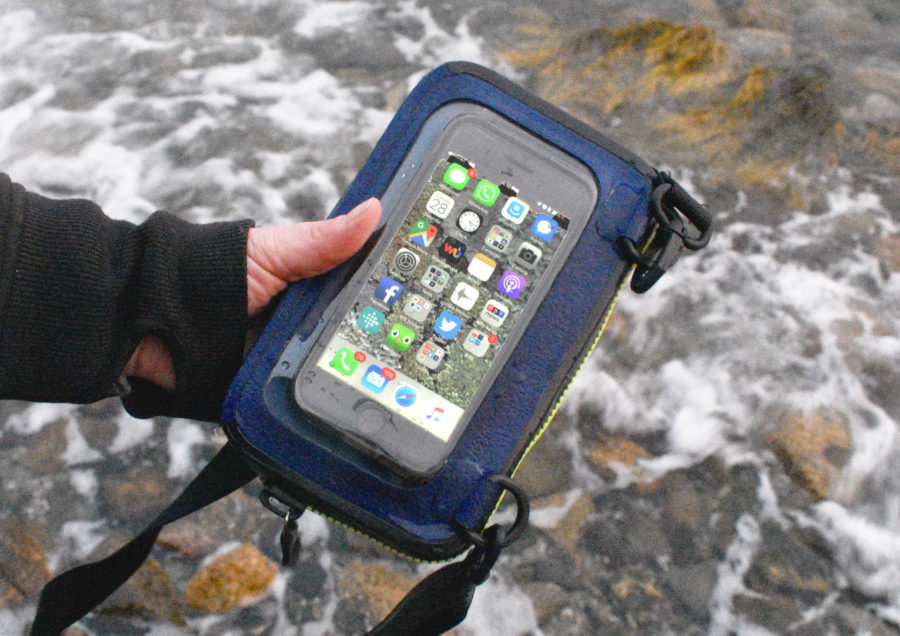

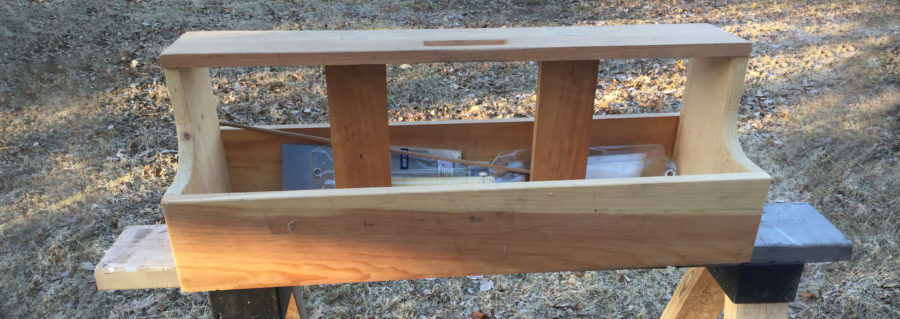
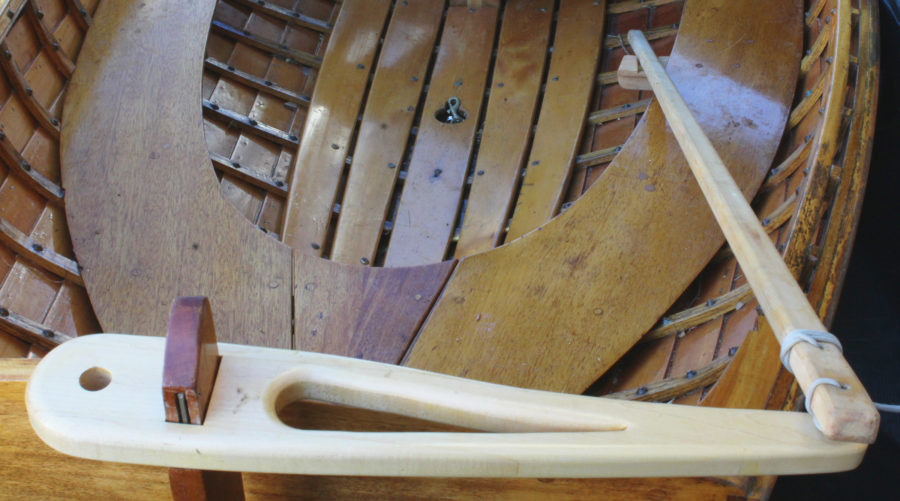
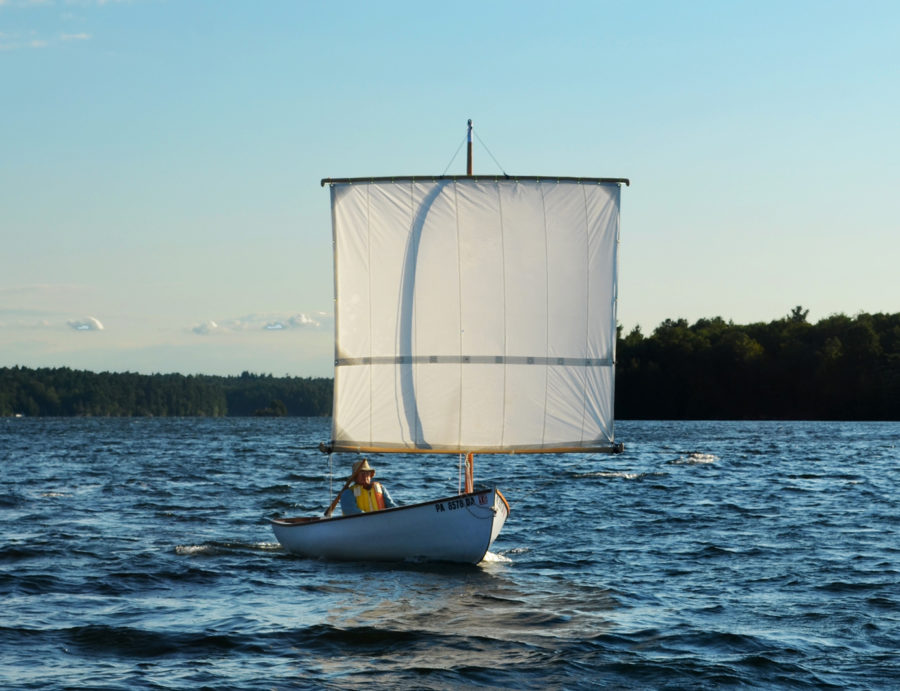
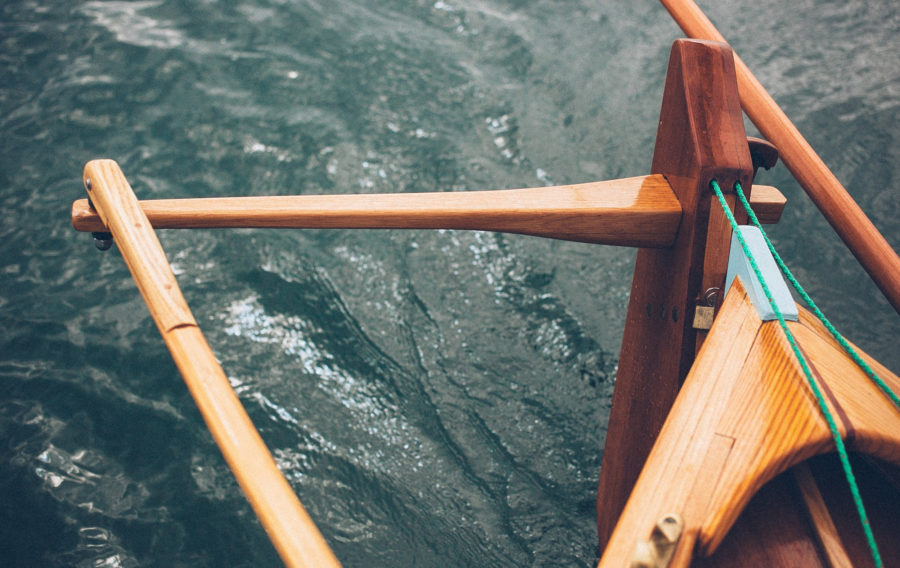
Nice ideas. Very similar to the Finnish sliding seats on the Savo racing boats—sliding seat plus on-gunwale oars. The oars are on a pin, no feathering. This system is one of the easiest sliding seat rigs to use, as the pinned oars don’t feather, and they don’t slide in and out, so all you do is pull on the oars and slide the seat.
Nice job, but your seat is backwards. You’ll notice a difference when you turn it around.
I checked all of the seats in the article and in the comments and they are all correctly installed. I occasionally see seats set backward by rowers thinking the two extensions are meant to support the legs. In fact, the notch between the extensions is to keep the tailbone from making contact with the seat, ,just as the two holes are to eliminate the direct pressure of the ischial tuberosities on the seat.
I grew up the son of a national champion oarsman who coached rowing and repaired racing shells. The garage was always full of racing shells.
Christopher Cunningham
editor of Small Boats Magazine
Nice. As a sliding seat rower, I just shake my head in amazement at fixed seat rowers who don’t even brace their feet—they are just abandoning the largest muscle group of the human body. A couple comments on rowing geometry: 1) you want to be able to get your legs dead straight at the finish, this will likely require being able to adjust the distance of your foot stretcher to the oarlocks; 2) at the finish it is nice to able to press one’s legs down unto the bench (this is where the seat rails attach), it adds a surprising amount power to your stroke and helps stabilize the boat though this is likely more noticeable in a racing shell than a Whitehall. Last a cautionary note about seat comfort: the choice of a rowing seat is very personal — I have been thru six or seven seats before finally finding one I can stand to sit on for an hour or more, so if at first you don’t succeed, try, try again until hit the mark. Many rowers use seatpads, especially those who spend hours (or days or weeks) rowing.
I had a chuckle reading about Ben Fuller’s sliding seat and the adaptation of one for a Whitehall. I’ve been using a sliding seat for rowing our peapod for about 30 years, but it’s not nearly as creative as Ben’s. We also have an Alden ocean shell double, so all I do is remove the Oarmaster, unscrew the riggers and drop the unit onto a mat on the floor of the peapod. I use the aftermost oarlocks and it works just dandy and keeps my weight much lower than if I were seated on the thwart.
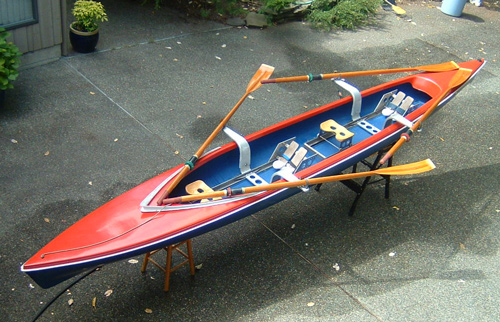
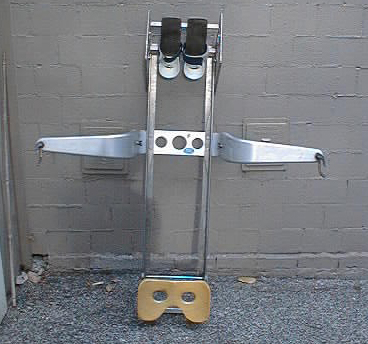
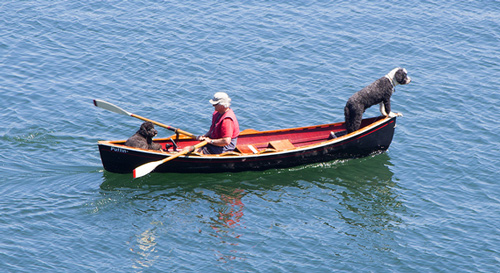
Our ‘pod is a glass reproduction of the LUOMA LOON, a British Columbia handliner. We have no floorboards for it, just a rubber mat to keep things dry and avoid sliding around when pulling on the oars. We use excellent Shaw and Tenney spoon oars 90″ and 96″ long depending on whether my wife is rowing as a double and I’m in the aft rowing position. When using the sliding seat, I use the 96” oars.
Bravo! Didn’t realise it could be so simple.
Installing a sliding seat in my 16′ Swampscott Dory has been on my list of things to add for, oh, I don’t know, 30 years. I can see that having that extra horse power would be useful, but it also adds another layer of complication to a small vessel already filled with spars/ground tackle/camping stuff/etc. Still…. 🙂
Glad that people are finding the article useful.
Pulled the dory, TIPSY, today in anticipation of the first snow of the winter. A nice few miles up the river, no wind, and when out of the tide hitting 3.8, dropping the half knot when not pulling. The sliding-seat rig is really easy to carry, only about 20″ long, fits easy on top of the rowing bag. The old-style double slide seat I have is hard to keep lubricated to keep quiet. I think the modern ones are better. And I definitely use a pad on the seat. TIPSY should be over again for Christmas and New Year’s rowing, but may be a trailer boat for the winter with a easy-to-remove snow-sheltering tarp.
Ben,
Your sliding seat looks like the answer to my prayers.
Am converting 8′ fixed-seat wooden dinghy and need to fit a sliding seat.
Would prefer to fit a sliding seat to the top of the existing seat as per your photos.
In addition to the information contained in your article are you able to provide any updates or additional guidance?
Would be most grateful.
We were hoping to get in a New Year’s row where I could show the rig to some fellow members of the Down East Chapter of the TSCA. Single-digit temperatures, 10 knots of breeze, and a Camden Harbor that is starting to ice has kind of put the kibosh on it. We’ll wait until one of those nice 20-degree days.
This is the first sliding seat I would like to build. Until now I was afraid it would clutter up the boat for sailing. And I like the idea of using skate wheel bearings.
I just made myself a sliding seat rig for FIRE-DRAKE. I only had to acquire some aluminum angle and the inline skate wheel bearings to assemble what’s pretty much a carbon copy of what Chris built. I was worried that the 1/2″ plywood I used for the base might be a little light and too flexible, but it turned out to be OK. On the underside I have a piece of plastic where it sits on the thwart, in the hope that it won’t destroy the varnish. I wanted to keep the finished seat as low as I could to keep from screwing up the ergonomics of the relative positions of butt, feet, and oars, so I appreciated that the bearings-as-wheels solution would do that. I didn’t have a solid block of wood to carve the seat from so I laminated up some pieces of Douglas fir I had. The hole centers are aligned with my ischial tuberosities, so it’s a custom fit. I’ll add a smidgeon of padding—a scrap of wetsuit material from my local dive shop—and I’ll get out on the water to see how well the rig works.
Update: I finally got out on the water to try out the new rig. With the GPS, I rowed back and forth in basically calm conditions first without the rig and then with it. Near as I can tell it adds about 1/4 to 1/3 of a knot to the speed, for the same amount of effort. That is, I can row the empty boat about 3.2 to 3.3 knots with the rig compared to 3.0 knots without it. I’m a little uncertain about the numbers as there was some current flowing through the bay where I did the testing so the speeds were somewhat variable. The other possibility with the rig is to keep the same speed as without it, but simply to expend less effort. On a long trip, where you may be rowing all day, day after day, this might make sense.
Yes, I can definitely see the advantage of putting in less effort per stroke, so as to be able to maintain the same speed as one used to without the rig, and therefore, be able to row for longer periods of time, and therefore, gain additional range, with less fatigue/exhaustion overall.
Thank you for this idea. I will try this out in our peapod.
Hopefully this thread isn’t dead. I have a Fatty Knees 9 dinghy which I use as a tender for my 44ft sailboat. I have been getting into sculling with my local rowing club while I spend the winter in the marina. I am interested in making some type of shorter than usual removable sliding seat. I would like to be able to use my current dinghy as a fitness rower or remove the sliding seat and use it as a tender for people gear etc. What is the smallest boat people have had success putting a sliding seat into?